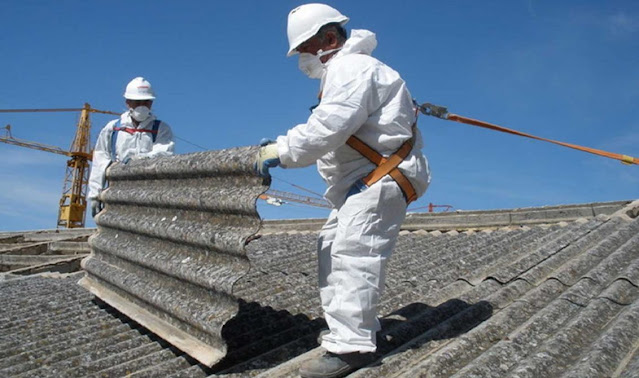Occupational Toxicology Services to Advocate Public Health at Workplaces
Occupational Toxicology Services promotes and coordinates scientific activities in the field. The activities include organizing and promoting scientific meetings, liaising with scientists working in related fields and to stimulate interdisciplinary cooperation in occupational health services and academic institutions, the promotion of international conflicts and identifying gaps in knowledge regarding risk assessments.
Toxicology is a field of science that helps us understand the harmful effects that chemicals, substances, or situations, can have on people, animals, and the environment. Certified professionals perform asbestos testing in Melbourne as the product is a toxic mineral fibre that is featured in rocks and soil. The material is widely used in residential and commercial construction materials, mainly for insulation. However, asbestos is extremely harmful to humans, as it has been linked to many serious diseases, including asbestosis, lung cancer and mesothelioma.
Exposure to asbestos causes a deadly condition and its presence should not be neglected. The only way to guarantee the presence of asbestos is through professional testing. Over time, asbestos fibres can cause serious damages to the body's cells which lead to fatal illnesses.No amount of asbestos exposure is safe and the longer the exposure, the greater the damage.
Participation in or organizing workshops and symposia with a didactic purpose for the benefit of occupational health care is yet another objective of occupational toxicology. It utilizes the power of science to predict what and how chemicals might cause harm and then shares that information to protect public health.
Toxicologists also realize that even low-dose exposures that might seem insignificant might have biological meaning or lead to an adverse health effect if the exposure is continuous or happens during a critical window of development. The dose of the chemical or substance a person is exposed to is another important factor in toxicology.



Comments
Post a Comment